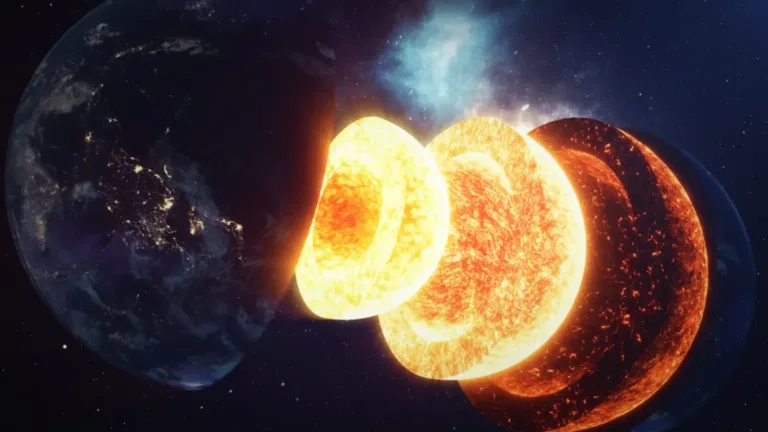Astronomers Discover Mysterious Radio Bursts from a “Dead” Galaxy
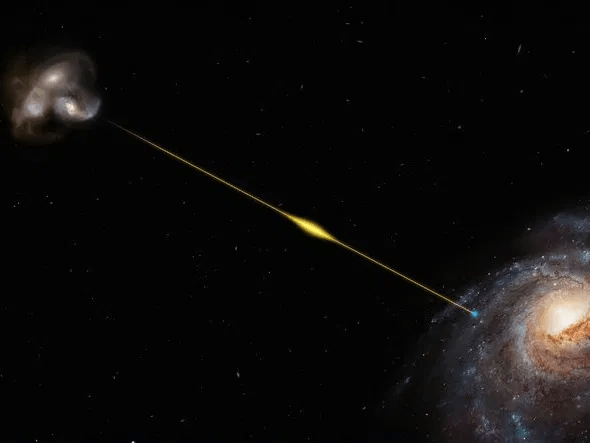
In an exciting and unexpected discovery, astronomers have detected fast-repeating radio bursts (FRBs) from a distant, ancient galaxy that should not have the energy to produce such signals. This finding challenges everything scientists thought they knew about the origins of these mysterious radio waves.
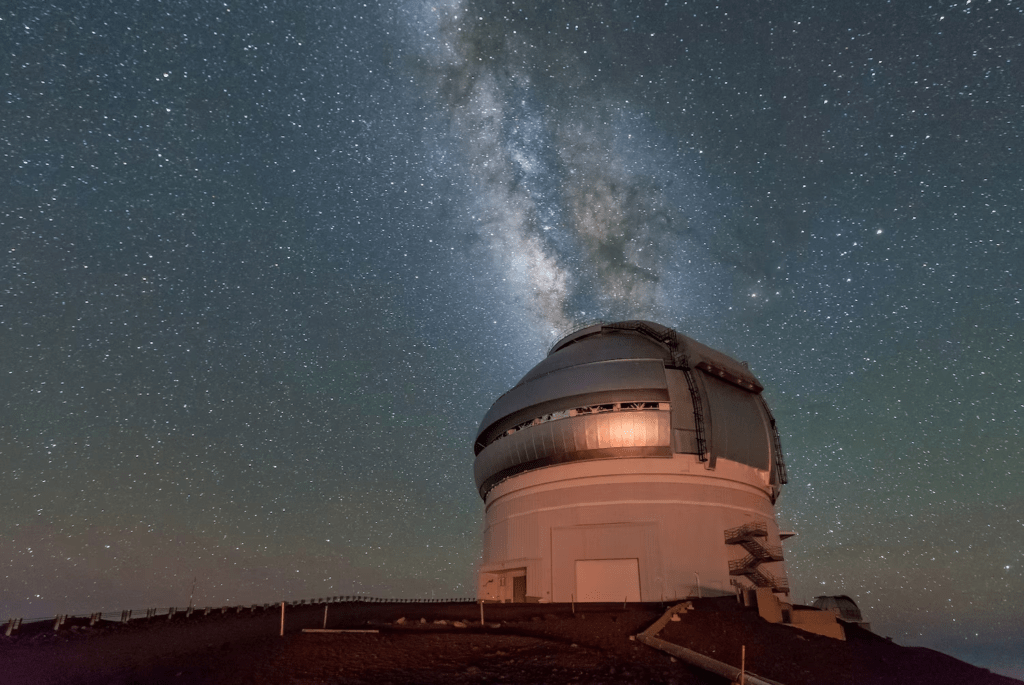
What Are Fast Radio Bursts?
Fast radio bursts are brief but intense flashes of radio waves that last only milliseconds, yet carry an enormous amount of energy. These bursts have been observed coming from faraway galaxies, but their origin has puzzled scientists since their discovery in 2007. Until now, FRBs were thought to originate from young, magnetized neutron stars—extremely dense remnants of stars that explode in supernovae. These young stars are known for their high energy output, making them ideal candidates for producing FRBs.
The Surprising Source of the Radio Bursts
However, the latest discovery has turned this theory on its head. Astronomers detected multiple fast radio bursts from a galaxy known as FRB 20240209A, located about 2 billion light-years from Earth. This galaxy is far from typical—it’s an ancient elliptical galaxy, meaning it contains only old, “dead” stars and no new star formation. According to Vishwangi Shah, a PhD student at McGill University, this galaxy should not have the necessary energy sources to produce the intense radio bursts.
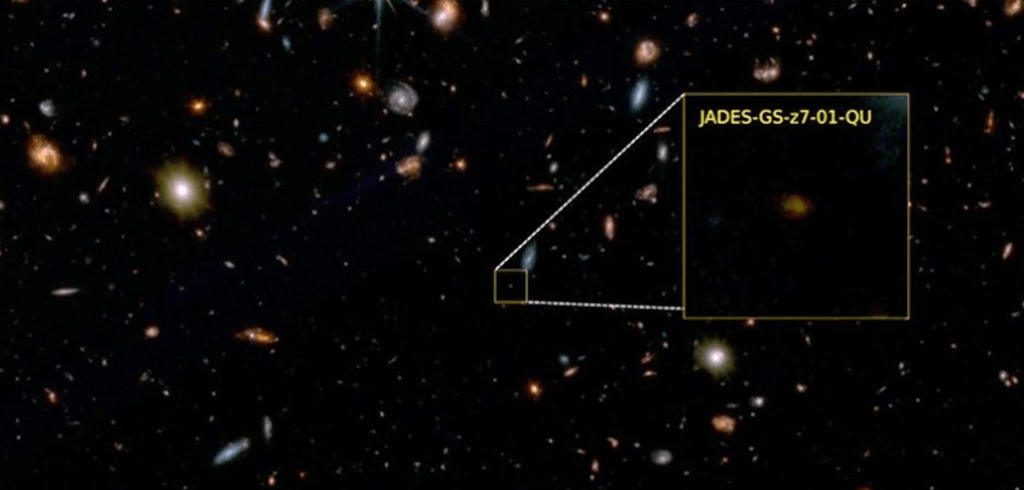
“This discovery was really surprising and exciting,” Shah said. Typically, FRBs are expected to originate from galaxies with active star formation. The astronomers fact that these bursts are coming from a “dead” galaxy raises new questions about the sources of FRBs and their connection to cosmic evolution.
How the Bursts Were Detected
The team of astronomers, led by Shah, used the Canadian Hydrogen Intensity Mapping Experiment (CHIME) telescope to detect the bursts. While CHIME could detect the bursts, it couldn’t pinpoint their exact origin. To solve this, the researchers combined data from CHIME with a smaller telescope to localize the bursts to a specific region of the galaxy. They then used the Gemini North telescope in Hawaii to take images of the area, confirming that the FRBs were indeed coming from this ancient galaxy.
The results were shocking: the region of the galaxy surrounding the bursts showed no signs of other galaxies, confirming the bursts were associated with this old, inactive galaxy.
A Puzzle for Astronomers
Shah and her team now face a challenge: understanding how FRBs can originate from such an unlikely source. Thousands of FRBs have been recorded over the years, but nearly all of them come from galaxies with active star formation. This new discovery raises intriguing possibilities, such as the potential for neutron stars—two that are merging or collapsing onto each other—to be the cause of the bursts.
“This particular FRB is really an outlier, and it challenges our theories about what is producing FRBs,” Shah explained.
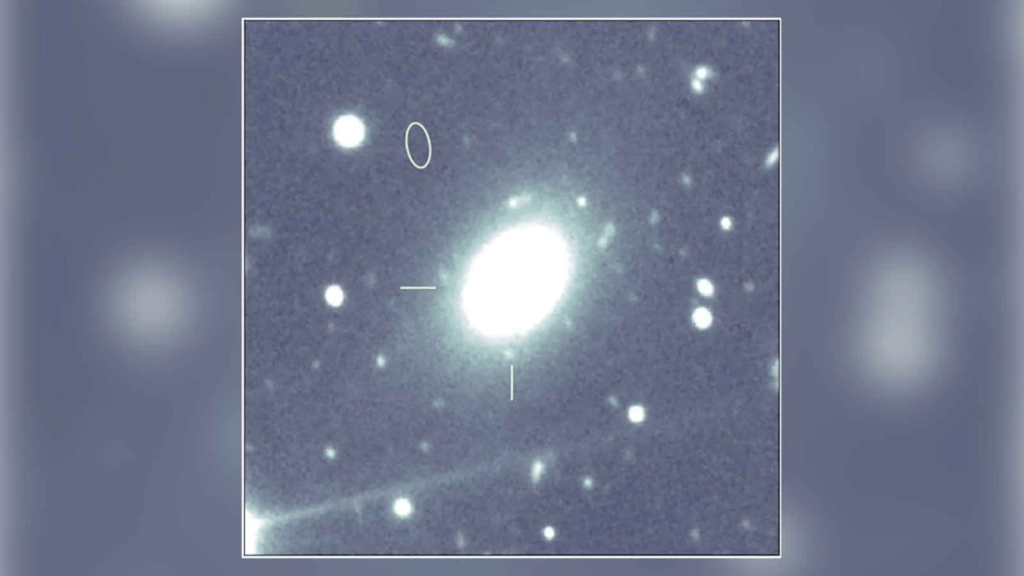
Astronomers have detected fast-repeating radio bursts (FRBs) coming from a distant, “dead” galaxy that shouldn’t have the energy to produce such signals. Unlike previous FRBs, which were linked to young, active neutron stars, these bursts are originating from an ancient galaxy with no new star formation. This surprising discovery challenges current theories and opens new avenues for understanding the sources of FRBs in the universe.
Why Is This Discovery Important?
The discovery of FRBs from a dead galaxy opens up a new avenue for astronomers to explore. By studying these bursts, researchers can learn more about the space between our galaxy and distant regions of the universe. Shah believes that these radio bursts can serve as a useful probe, offering deeper insight into the mysterious processes occurring in the far reaches of space.
“This is a really useful probe of our universe,” she said, emphasizing how these radio waves can help us better understand cosmic phenomena. With more research, scientists hope to unravel the mysteries of fast radio bursts and their unexpected origins.

